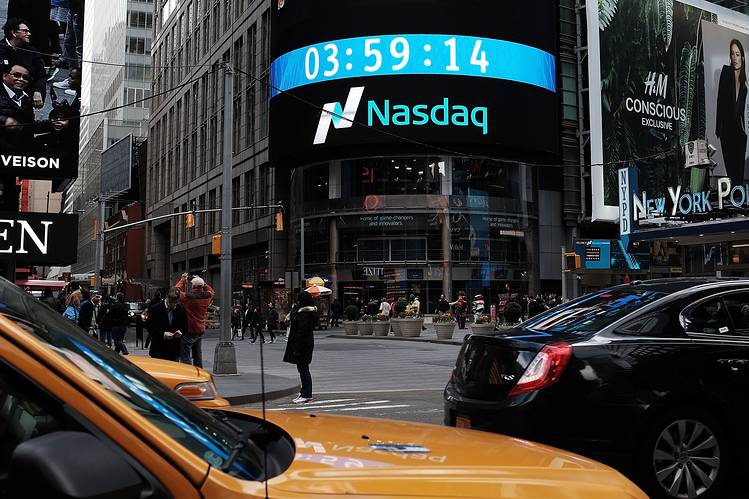Tech-centric market index Nasdaq closed at a record 14,500.51 as trading ended last June 28th, rising considerably by 140.12 points.
Economic recovery is seen as a key factor to the tech-driven index’s rise. One percent may seem like a small jump for the index, but it serves as proof that the American economy is definitely on its way to recovery.
Tech stocks made up the bulk of gainers for both Nasdaq and the S&P 500, what with Elon Musk’s Tesla Motors and processing giant Intel both up by 2%, and rival software companies Apple and Microsoft both posting up by 1%.
Tech giants see a trading uptick
These were not the only technology giants whose values were on the uptick as trading began that week. Social media titan Facebook closed the first day of trading strong: share prices jumped by 4.2% ($14.25) to $355.64 apiece.
June 28 also marked a milestone for Facebook as its capitalization hit the $1 trillion mark for the first time in its history. The world’s leading social media platform is only the fifth US company to have achieved this.
Low-bond yields are seen as one of the primary factors in the recent rally among tech stocks. Since May of this year, industry watchers have seen a steady rise in the value of shares within the tech sector, driven mainly by a surge in capital spending to boost the economy, as well as other forms of fiscal stimuli.
However, industrial strategists like Danske Bank’s Frank Øland caution market watchers that the US economy still has quite a way to go in terms of recovery. In addition, analysts warn that the country is already past its peak growth momentum.
For the most part, strategists are keeping a close eye on upcoming employment reports and regional data on consumer prices to see if other countries are also on the verge of recovery.
Energy is Down
While the tech scene has been faring well of late, other sectors have underperformed.
Share prices were dragged down by the recent lowering of oil prices thanks to the expected decrease in demand during the summer months. Crude oil futures due for delivery in August have settled at $74.68 per barrel – a significant 2% drop.
Meanwhile, members of the Organization of the Petroleum Exporting Countries (OPEC) discussed a possible increase in production during a meeting called on Thursday, July 1st. With oil prices recovering in different parts of the world, OPEC had mulled boosting production up by 500,000 barrels daily to increase the available supply of crude oil.
However, this has not been enough to give American oil companies a leg up in recent weeks. As trading ended on June 28th, Chevron posted significant losses as the Dow Jones Industrial Average fell by 0.4%.















